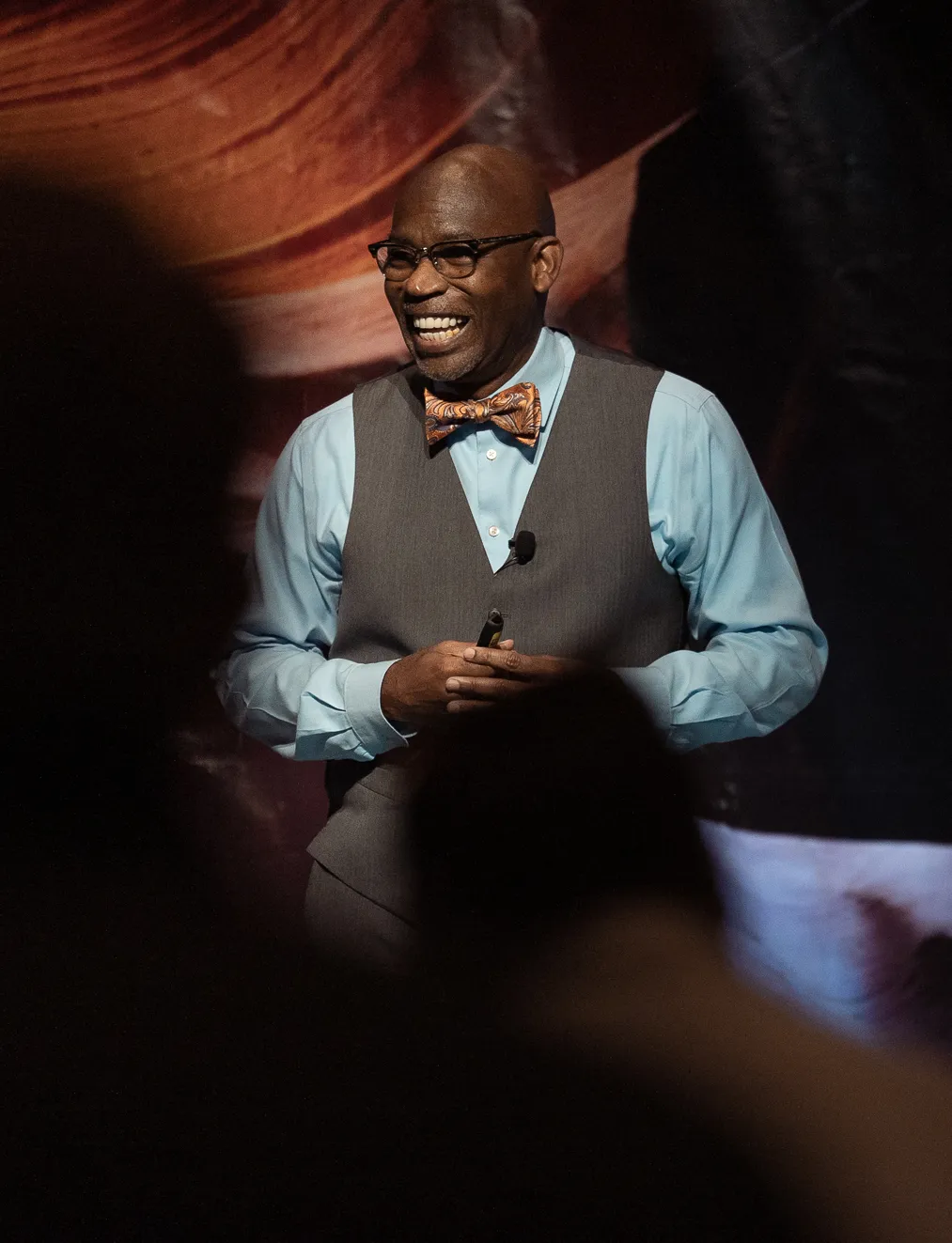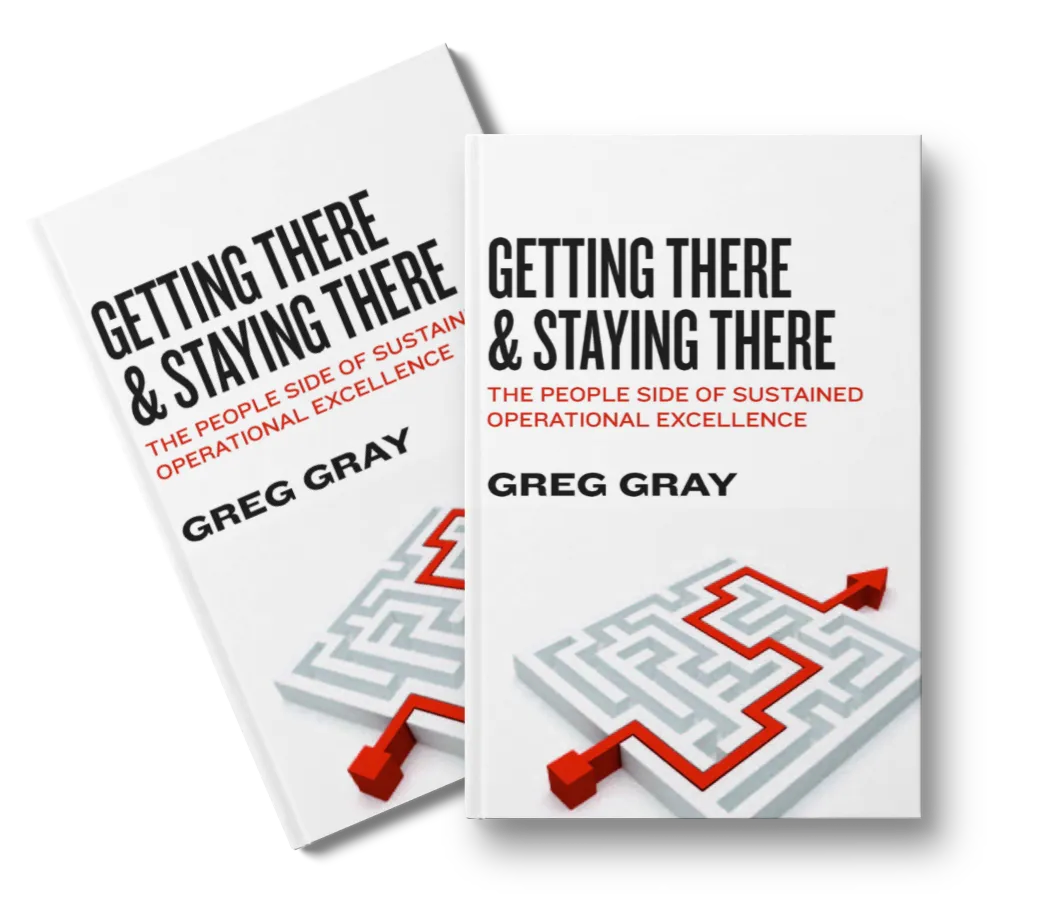ENGAGING. INSPIRING. PRACTICAL.
Expert in Leadership, Service, and Relationship Building

YOU'RE IN THE RIGHT PLACE
BE THE LEADER YOU WOULD FOLLOW.
Great leadership is the combination of having the WILL to serve
others and the SKILL to do so effectively.
The WILL can be inspired. The SKILLS must be taught.
Greg Gray is an expert at doing both.
MEET GREG GRAY
Renowned Author, Speaker and Coach
Greg is an internationally renowned expert on leadership, sales, relationship building, and customer experience. His keynotes, seminars and workshops have electrified and empowered tens of thousands of people in more than 500 hundred cities across America, the Caribbean, Europe, and the Pacific Rim.
Greg's blend of humor and real-world, practical ideas on leadership, service, and relationship building are receiving rave reviews from clients that run the gamut of Industries and Associations. Greg's success can be attributed to his consistent themes of personal responsibility and profit through service!
500+
cities
49
states
8
countries
CHOOSE FROM THESE EXISTING TRAINING PROGRAMS or REQUEST SPECIFIC TOPICS FOR YOUR TEAM
"Our greatest opportunities are accomplished through our relationships with people. Ironically, our relationships with people are also where some of our greatest challenges are found. My life’s work is all about helping people navigate the challenges to realize the opportunities. "
- GREG GRAY
I'VE TRAINED TENS OF THOUSANDS OF
PROFESSIONALS ALL OVER THE WORLD
Over the past 30 years I’ve worked with professionals representing a wide range of industries and associations in the private and public sector teaching them how to navigate virtually every type of leadership, sales and service interaction.
Get the training you want when you want it...
exclusively with me!
EXCERPT FROM "WHY PEOPLE AREN'T DOING WHAT YOU WANT THEM TO DO"
“Penny for penny there’s no better investment for your organization than Greg Gray!”
WORK WITH ME
Leadership Coaching and Consulting for Visionaries
Greg is currently creating opportunities and programs where you can work with him on a more personal level. If you're looking to accelerate your growth as a leader, then this is for you.
Click the button below and contact us to get notified when we launch this program.

GRAB YOUR COPY - JUST $19.99
Getting There & Staying There: The People Side of Sustained Operational Excellence


